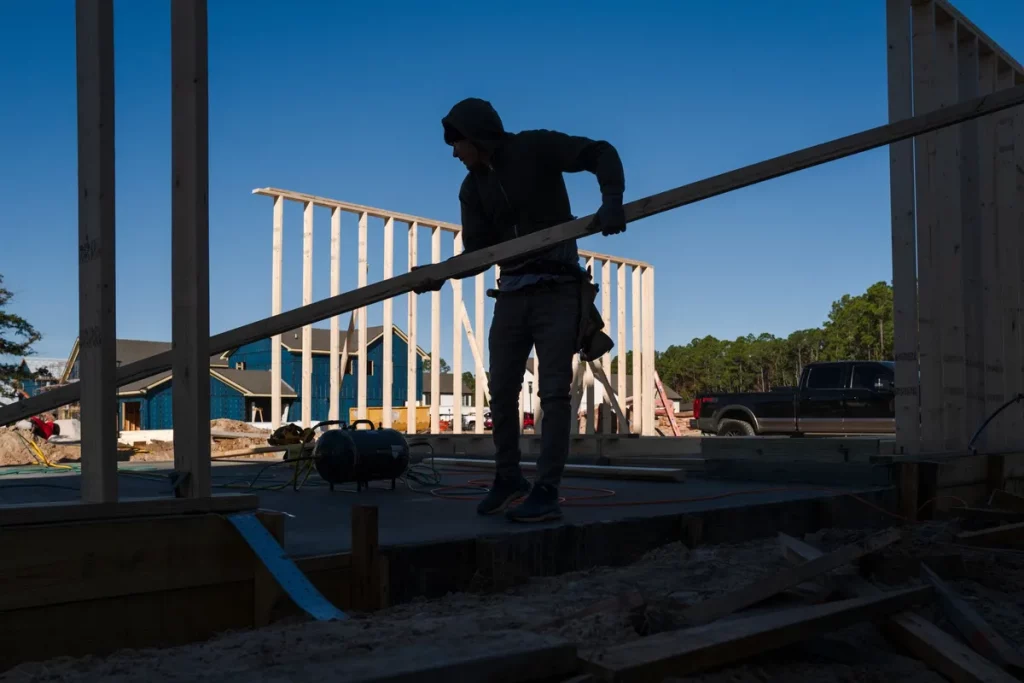The number of new jobs in the United States could drop sharply over the next year because fewer migrants are entering the country and the population is getting older, experts say. This is making it harder to grow the economy and may affect how the Federal Reserve handles interest rates.
A recent report from Barclays said the number of new jobs the US can create without causing worker shortages may fall to less than 10,000 per month by the end of next year. That’s down from over 100,000 today, as immigration slows and more American workers retire.
For now, the average monthly private payroll growth is about 172,000, but that could soon change. The report shows that aging and lower immigration together are creating serious challenges for the country’s job market.
Why is US job growth slowing down?
In the last three years, 3 to 4 million migrants arrived in the US, and around 2 million of them joined the workforce. Many of these were asylum seekers or people with temporary legal status. But since last summer, those numbers have dropped sharply, and deportations have increased to around 10,000 per month.
Barclays said that in the past two years, three out of every four new private sector jobs were filled by migrants. Now, with net migration near zero and fewer young people entering the workforce, job growth could slow even more.
The US Census Bureau also expects the population to begin shrinking slightly by 2026, and that the labor force could fall by about 360,000 workers each year. Unless immigration increases again, these trends could continue to weigh heavily on job growth and overall economic activity.
Morgan Stanley has also lowered its immigration estimates and predicts that job growth will slow. They believe the US will still need to add around 70,000 jobs per month just to maintain current employment levels in 2025 and 2026.
All of this puts the Federal Reserve in a difficult position. If job growth slows but unemployment remains low, there could be increased pressure on wages, potentially leading to higher inflation. At the same time, the US trade war and rising tariffs are also making it harder to predict the future of the economy.
While some believe the Fed should lower interest rates soon to boost the economy, others argue that worker shortages could keep inflation high, meaning the Fed might need to keep rates steady for now. At least seven Fed officials have said they plan to hold rates at current levels through the end of this year.
If fewer people are available to work, the economy might slow down, not because people can’t find jobs, but because there are not enough workers to meet demand.

